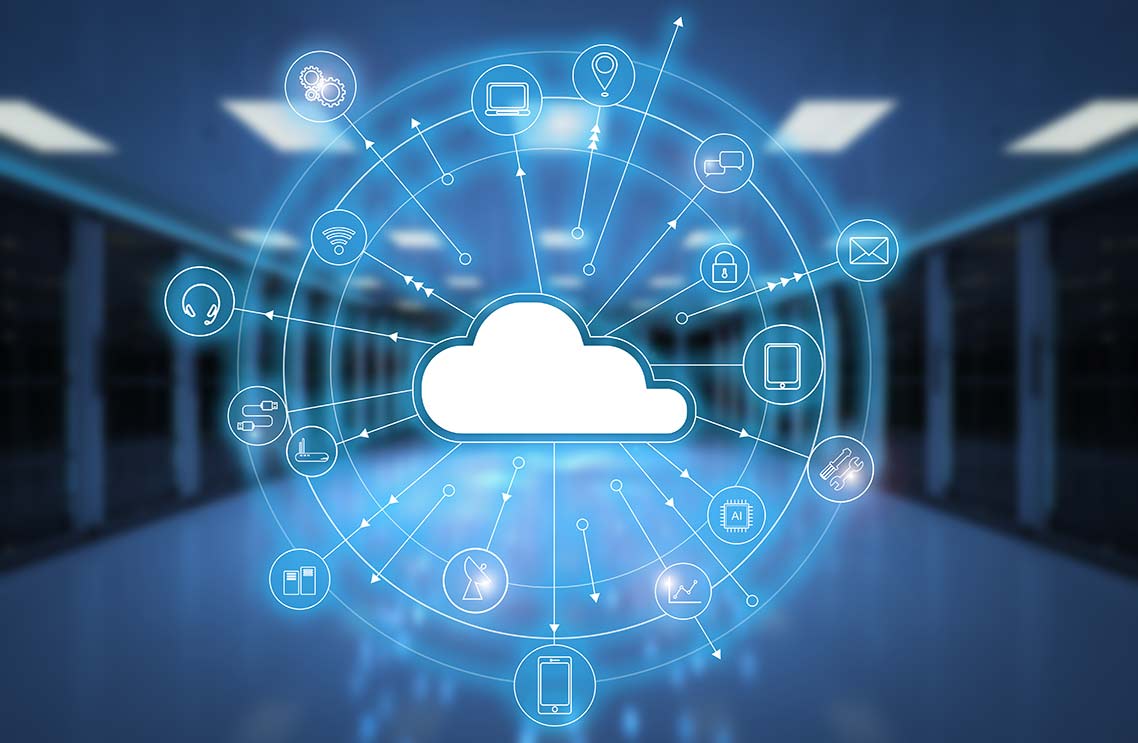If you are used to a brick and mortar business and follow a traditional structure, then the leap to becoming a virtual company might be a hard pill to swallow. Your employees are also bound to feel the...
Parallels® Remote Application Server (RAS) is proud to have received a gold star award from the well-known IT website TechGenix.com. Parallels RAS was given an impressive rating of 4.9 out of 5!
Having previously tried an older...
VMWare vSAN is a software-defined storage product that is used in collaboration with VMware ESXi hypervisor. A software-defined storage provisions and manages storage based on policies, regardless of the underlying hardware.
Users can define policies and rules...
VDI or Virtual Desktop Infrastructure is emerging as the go-to technology for organizations that aspire to be more agile and to address new realities of the remote and mobile workforce. Besides cutting down the total cost of ownership (TCO), VDI can optimize...
A hypervisor is a software layer that creates and runs isolated virtual machines over hardware. Bare metal is a physical server whose hardware resources are dedicated entirely to a sole tenant.
Bare metal hypervisors are used extensively for...
RemoteFX USB redirection complements the native Remote Desktop Protocol (RDP) device redirection features in order to provide users with a complete experience when managing different types of devices in a remote session.
Key Features of...
The COVID-19 outbreak forced European Union (EU) citizens into home confinement. As life must go on, many of them had undertaken the shift to remote working; taking advantage of the Internet to work while staying at home. Nearly...
VMware Software-Defined Data Center (SDDC) is considered by many as the next phase in the evolution of cloud computing and virtualization technologies. By enabling a fully automated, zero-downtime virtual desktop...







